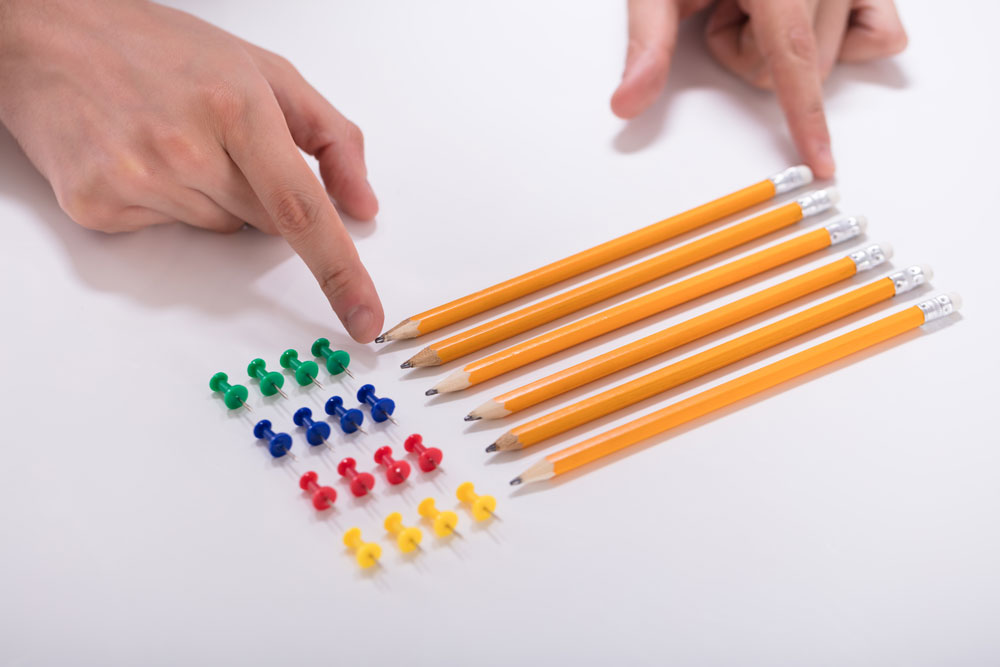Moving into a nursing home
This article is translated with AI and written based on Swedish conditions. Hopefully, it can inspire interested parties from other countries.
There is a lot to consider when moving to a retirement home. Is it pleasant, good, what does it cost. What is special accommodation, care and nursing homes, retirement homes, old age homes and service homes and what distinguishes them? What should one consider when choosing accommodation. There are checklists to facilitate the choice. How does one deal with the phone, insurance and other practical issues. Written information contributes to security in connection with moving into a retirement home.
 Foto: Mostphotos
Foto: MostphotosMoving to elder care is a big decision. For many, it entails both worry and sorrow. Getting good information is then of great importance. In more and more municipalities, the elderly are offered a choice between different residences. Activities, overnight apartments, or a particular focus could be the tipping points in favor of your residence.
Comparing and choosing elder care
Seniorval has developed very good material for those who have received a decision on elder care and are about to move in. Above all, in the major cities, we are in a situation where elder care competes for tenants who want to move in. There is an excess of places, which gives the individual choices. What is happening in Stockholm today will happen in the rest of the country within a few years. This also means that the residence only gets paid for the places that are occupied. With empty places, the operation risks having to cut costs. In the worst case, the residence may end up in a vicious cycle of poor finances and a bad reputation.
Those who are going to move in search on websites to get an idea of what different elder care facilities have to offer. Perhaps they call up to get more information.
• What type of accommodation is it? Do you have any special themes like garden, studio, sports and SPA or language focus? Do you have any specialist skills such as Parkinson's disease or stroke?
• What kind of employees do you have and what competences are there and how does the residence work with contact person and implementation plan?
• What does the social life in the house look like and what does the range of activities look like? How do you work with participation and influence for residents and relatives?
• How is food and drink served and are there choices?
• Where is the food prepared? Is there a common dining room for the entire residence?
• Is there a kitchenette in the room for those who want to fix food or coffee for themselves? How big is the room?
• Are there special activities or forums that also target relatives?
• What is in the room when someone moves in?
• Is there access to a nurse around the clock?
• How does it work with doctors?
• Do you offer any additional services?
• Do you have volunteers or others who come and visit the elder care?
• Are there guest rooms for relatives who live far away?
Maybe you can present the residence with a video on the website.
Relatives
Often, relatives are very involved in a move to an elder care facility because the elderly person may be in fairly poor condition. Get help from your relatives to arrange for you in your new residence.
Just like for the elderly person moving, it is important that relatives have a good cooperation with the staff at the elder care. Be open and ask questions. If something does not feel good, you should bring it up.
As a relative, you must remember that it is the will of the resident that governs. It can be a difficult balancing act.
Seniorval has a very comprehensive checklist that can support those who are going to move in and their relatives: https://seniorval.se/tips-och-guide/checklista-aldreboende.
Welcoming entrance
A few years ago, I came to an elder care facility and was going to do a quality audit. It was my first visit to the residence and it had moved into new premises about six months earlier. The front door was locked and there was an intercom. I pressed the button, three signals went forward and then I was disconnected. Tried again, a person answered and I asked to be let in. Of course, said the person who answered and hung up, nothing happened and the door remained locked. The third time I rang the bell, I was finally let in. Once inside the house, I was greeted by bare corridors, a worn armchair in one corner, no paintings or flowers were visible in the premises.
When I got up to the floor where I was going to start my audit, I was met by a new locked door. Once inside, I smelled a faint odor of urine and saw coffee stains on the floor. Of course, I wrote about my experience in the audit report and the manager was probably not so happy.
This elder care took my criticism to heart. When I came there a year later, the admission worked much smoother. There was art on the walls and flowers. They had also made a space next to the entrance an activity room. When I came that time, some ladies were painting while talking - it felt like the house was alive.
This is easy to check. By trying to ring the front door of the residence, if it is locked, you quickly get an answer about how it works. Choose a day when you have substitutes inside, so you notice if the introduction worked.
Other measures to make the residence more accessible is that those who are relatives can get their own tags or keys.
A nurse wrote in a comment to another text: "I think about how important it is also how relatives are met when visiting their loved ones. That they are received in a welcoming way. They often have a heavy backpack for visits with, for example, a severely ill dementia person. It's important that we are there for them too." We can also ask ourselves - "If I were 15 years old and were going to visit my grandmother - would I come again?"
Reflection questions about moving in
Care staff:
• In what way can you help create a good reputation for the operation so that many want to move to you?
• How do you make those who come and look at an apartment feel comfortable and welcome?
• What do you do to help people who come to the residence feel welcome and that there is a sense of coziness?
Manager, nurse, occupational therapist and physiotherapist:
• In what way do you meet and inform those who want to move to an elder care about what you offer?
• Do you have brochures that you can easily email to those who ask?
• The person moving in may have chosen you second or third hand. How do you work to make the resident and their relatives want to keep the place with you?
• What do you do to make visitors feel more welcome?
• Can the use of premises be planned so that visitors and residents are met by and invited to participate in common activities?
Residents and relatives:
• Is the list of any use?
• Do you miss any aspects that should have been included?
• Do you find the premises inviting and comfortable?
Erland Olsson
Specialist nurse
Sofrosyne - Better care every day

Aktuellt i media
-
2025-12-18 04:00
16 Sjukdom och död
Survivor conversations - an important element in working with next of kin
info Bild från Summer Stock
Bild från Summer Stock - 2025-12-15 04:00 17 Psykisk hälsa
- 2025-12-11 04:00 07 Riskhantering
- 2025-12-08 04:00 06 Dokumentation
- 2025-12-03 04:00 06 Dokumentation
- 2025-12-01 04:00 02 Värdegrund






